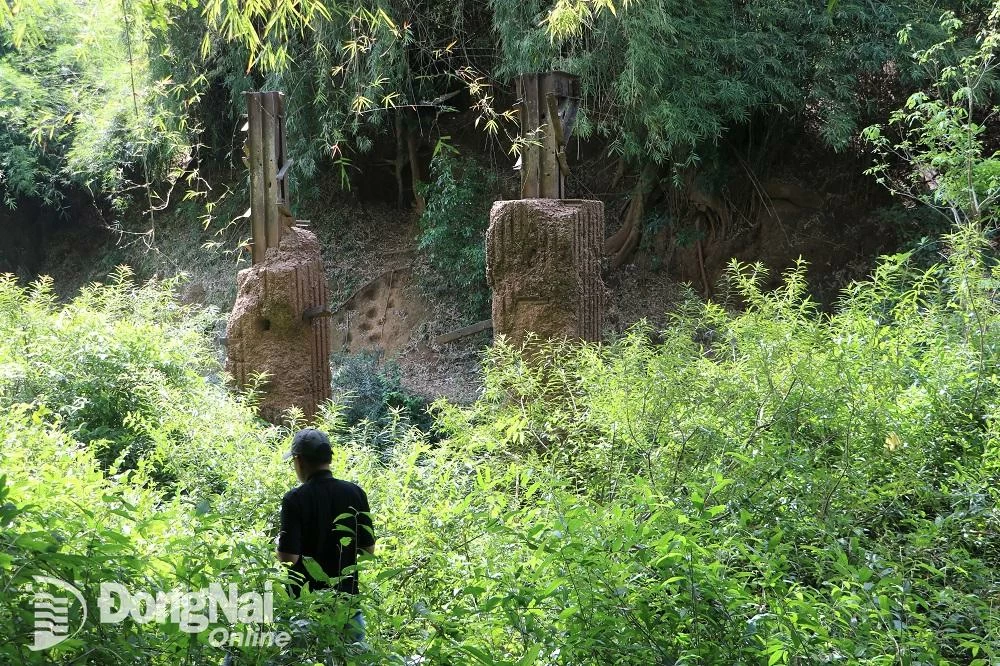 |
| Proposed area for Ma Da bridge restoration. Photo: source |
It is necessary to design and build an elevated road from Ma Da bridge to Ba Hao intersection.
In a document sent to the units, the Vietnam MAB National Committee said that the conservation of natural resources and biodiversity of the Dong Nai World Biosphere Reserve is not only the responsibility but also the commitment of the People's Committees of Dong Nai, Binh Phuoc , Lam Dong, Dak Nong provinces and the Vietnamese Government to UNESCO and the international MAB Program.
In case the People's Committee of Dong Nai province decides to implement the project to build Ma Da bridge and the traffic route connecting with Binh Phuoc province through Dong Nai Biosphere Reserve, the implementation of the project must ensure that it does not reduce the three main functions of Dong Nai Biosphere Reserve recognized by UNESCO, including: biodiversity conservation; support for sustainable development and research support; monitoring, education , culture. At the same time, it aims to minimize possible negative impacts on Dong Nai Biosphere Reserve. The National Committee of MAB Vietnam believes that it is necessary to apply comprehensive solutions, based on the principles of conservation and sustainable development.
In the design phase, the Vietnam MAB National Committee recommends that the optimal route is that the project should follow the existing route to minimize the need for additional deforestation. Prioritize routes that avoid ecologically sensitive areas, especially habitats of rare and endemic flora and fauna. Prioritize exploitation of vacant land and land with low ecological value, minimizing the conversion of forest land and forestry land.
Bridge and road design ensures conservation and development principles.
According to the Vietnam MAB National Committee, one of the characteristics of Dong Nai Biosphere Reserve is that it has large animal populations with high mobility needs (elephants, gaurs, muntjacs, deer, etc.). Therefore, it is necessary to consider prioritizing the design of an elevated road along the entire route and have soundproof fences and light-blocking barriers from traffic (a cable-stayed bridge is best). In particular, it is necessary to design and build an elevated road from Ma Da bridge to Ba Hao intersection, the remaining section can consider options suitable to the terrain and specific regional characteristics.
Also according to the Vietnam MAB National Committee, in case of maintaining the above-ground road sections, it is necessary to deploy the following auxiliary solutions such as: building ecological overpasses, building some underpasses dedicated to wild animals (small size) at important points to avoid environmental fragmentation, having soundproof fences, blocking light from vehicles on all above-ground road sections.
“Carefully consider design options, ensure full consultation with relevant parties to choose the most optimal option that both ensures traffic route requirements and minimizes environmental impacts, ensuring the conservation of natural resource values and biodiversity of Dong Nai Biosphere Reserve”, the document of the Vietnam MAB National Committee recommends.
The project to build Ma Da bridge and the connecting road to Ring Road 4 - Ho Chi Minh City has a total estimated investment of more than 11 trillion VND (Ma Da bridge about 220 billion VND, the 44km long road about 10.8 trillion VND). In phase 1, the project is expected to be invested with a scale of 4 lanes.
Need to restore and regenerate the environment
In addition to recommendations for the design phase, the Vietnam MAB National Committee also has recommendations for the environmental impact assessment, construction, operation, monitoring and evaluation, and environmental restoration and regeneration phases.
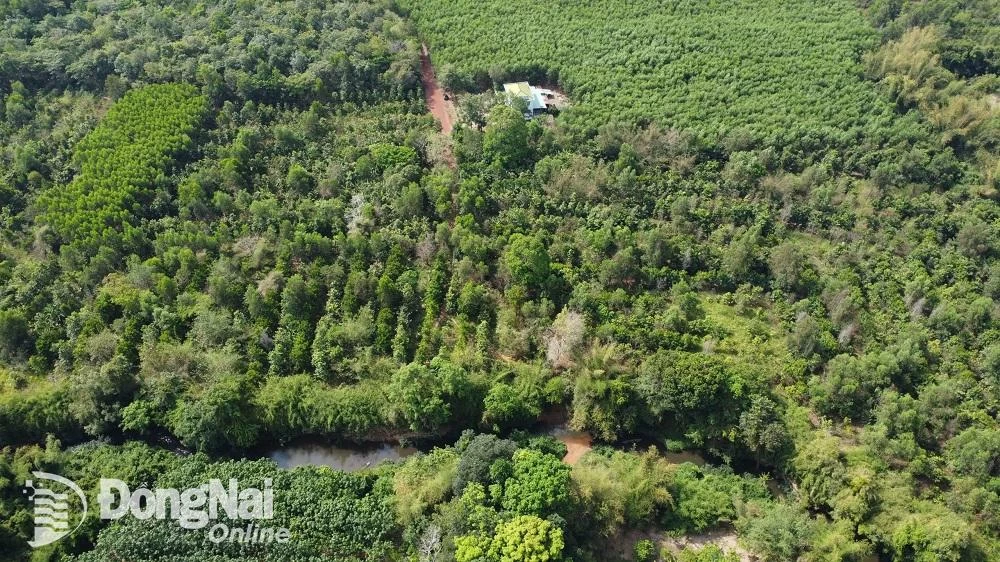 |
| The Vietnam MAB National Committee recommends that it is necessary to design and build an elevated road from Ma Da bridge to Ba Hao intersection. Photo: document |
Accordingly, during the operation phase, the National Committee of MAB Vietnam recommends ensuring that the route is always in good condition, avoiding pollution due to damage. At the same time, installing signs and warning devices to warn drivers about areas where animals cross the road, if any.
Conduct 24/7 online monitoring of traffic conditions on the route, minimizing traffic jams on the route. Do not allow road users to enter or exit the surrounding ecological area without permission.
Regarding environmental restoration and regeneration, the Vietnam MAB National Committee recommends that if there is a conversion of forest land or forestry land, ecological restoration measures should be implemented after the project is completed, including: replanting native trees in affected areas; restoring native vegetation in leveled areas; reforesting in accordance with the provisions of the Forestry Law; installing warning signs and environmental protection instructions along the entire route.
Along with that, ensure that natural water flow and soil quality are not degraded during construction and after project completion.
Pham Tung
Source: https://baodongnai.com.vn/kinh-te/202506/uu-tien-thiet-ke-duong-tren-cao-doi-voi-tuyen-giao-thong-ket-noi-tinh-dong-nai-voi-binh-phuoc-doan-qua-khu-du-tru-sinh-quyen-the-gioi-dong-nai-5f90385/










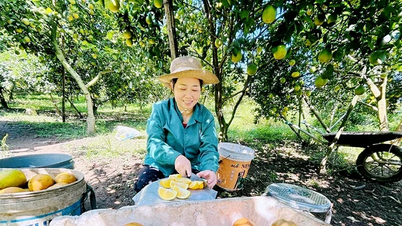

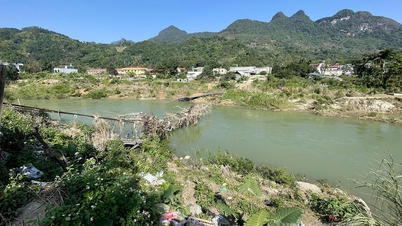

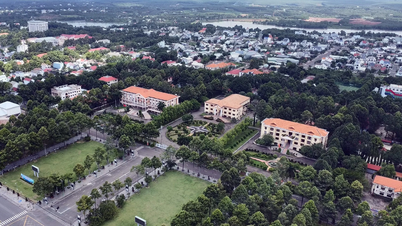
![[Photo] President Luong Cuong attends the 50th Anniversary of Laos National Day](https://vphoto.vietnam.vn/thumb/402x226/vietnam/resource/IMAGE/2025/11/27/1764225638930_ndo_br_1-jpg.webp)



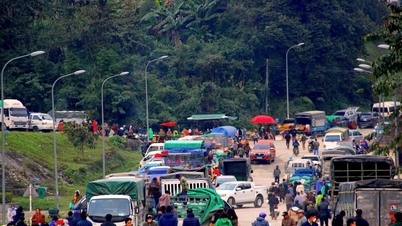

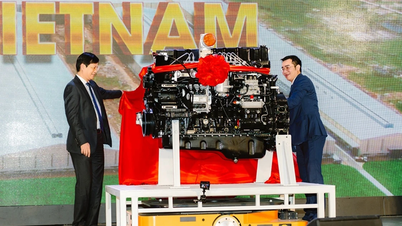

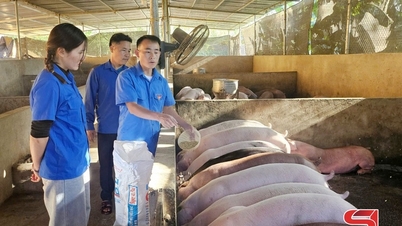


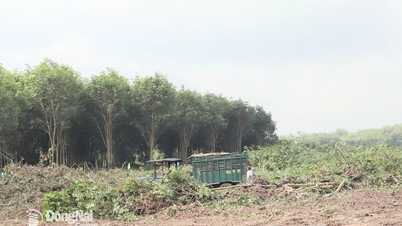






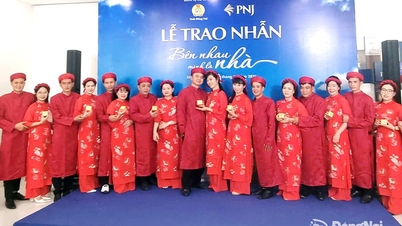

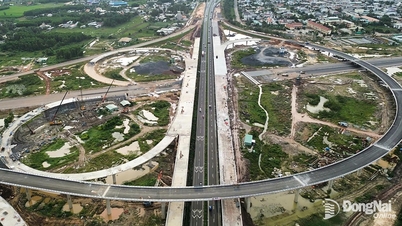
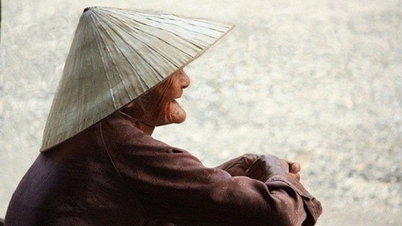
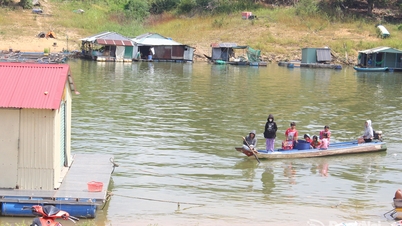

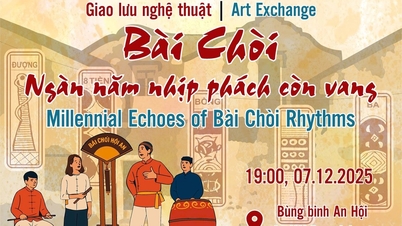

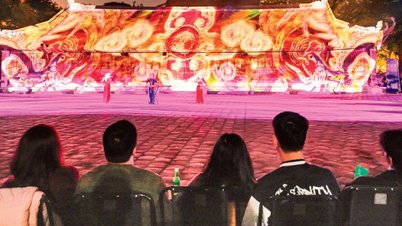
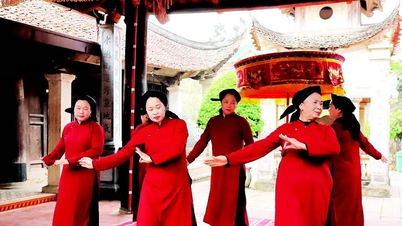
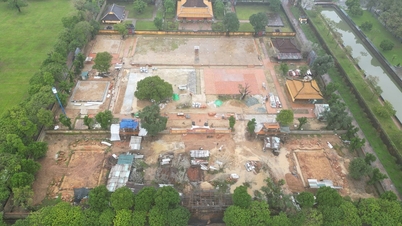
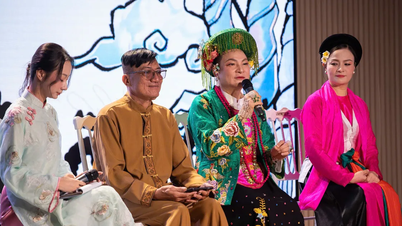


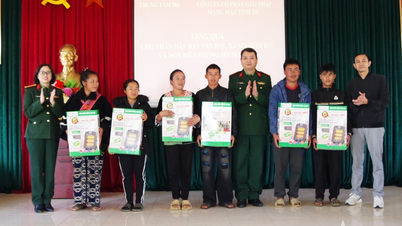

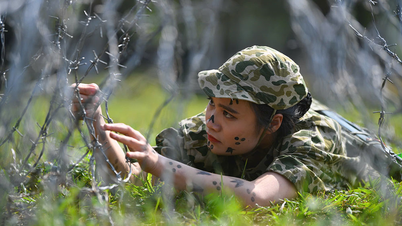

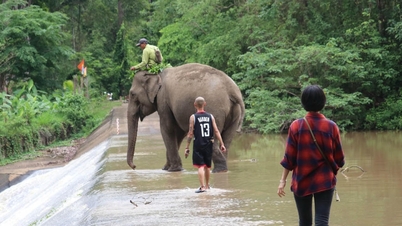




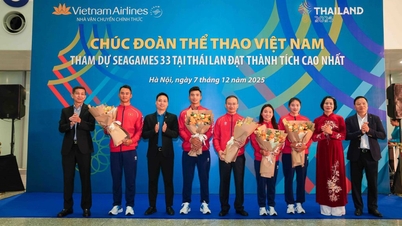

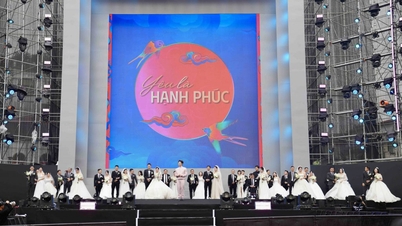
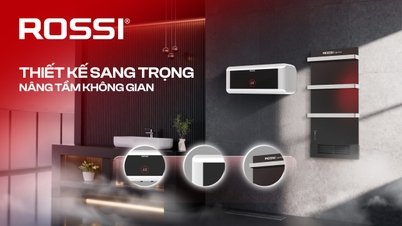
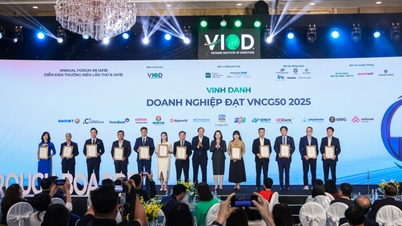

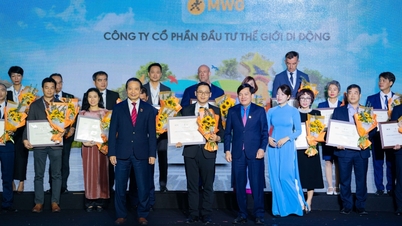






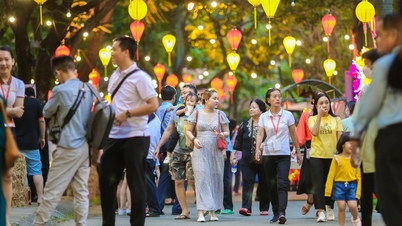


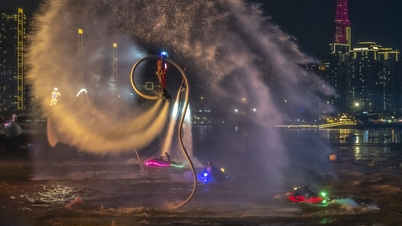
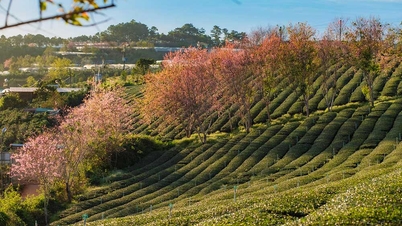



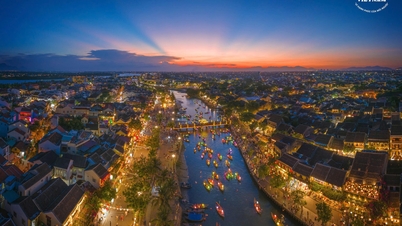

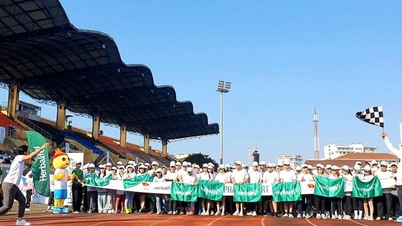

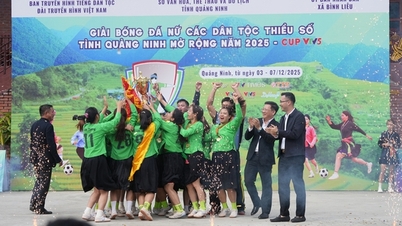
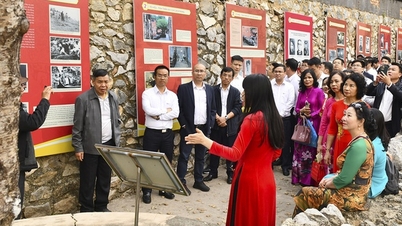
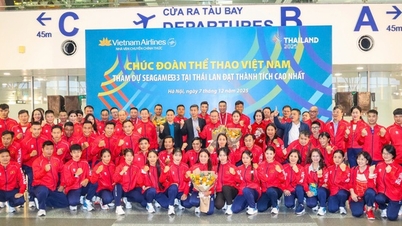
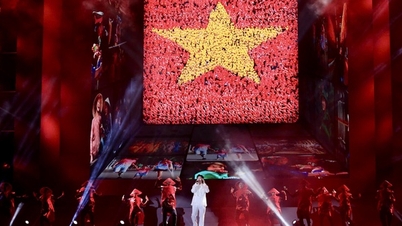
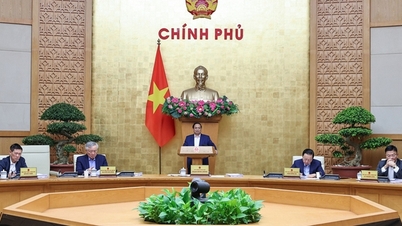


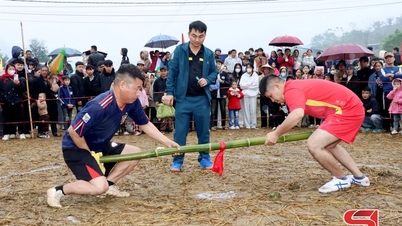
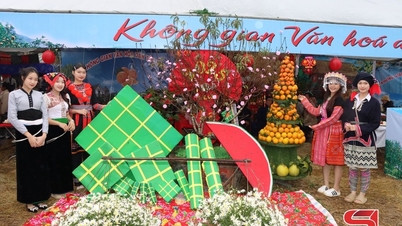
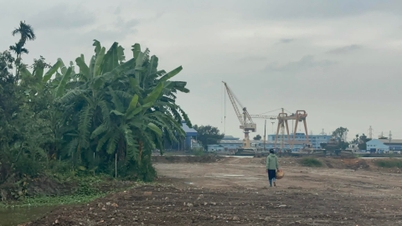



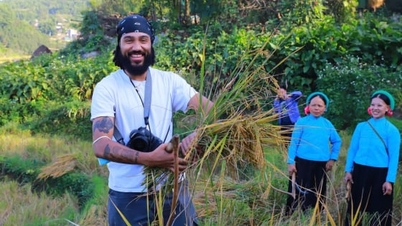















Comment (0)